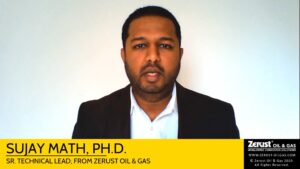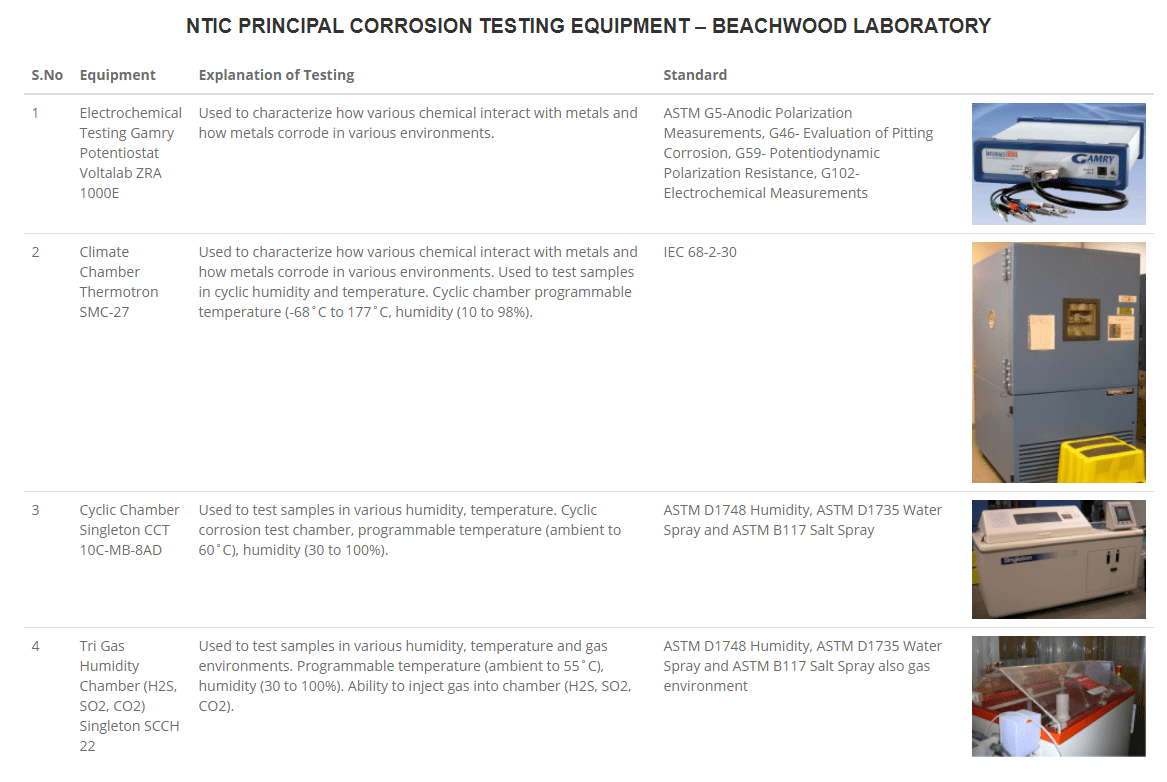04 - Dr Frank Fassbender interview - part 3 ( Europe R&D Lab Manager )
11. So VCI is a technology that protects metallic assets from corrosion with the creation of a protective VCI barrier... Is there any limit to VCI protection?
The counteracting effects of corrosion protection are time, surface contamination, and obvious damage to outer packaging. The longer the VCI protection is to be given, the more effort is required. Contamination of the surface by corrosive substances can only be minimized at the customer's site. We are happy to provide support there and the demand for this service is high. Damage to the packaging can never be completely excluded, but by using suitably strong and robust materials and an adapted design of the packaging, this risk can also be counteracted to a certain extent.
12. In practical terms, in what ways can VCIs concretely help our readers?
The use of VCI corrosion protection systems saves process steps and resources. The necessary quality of the preliminary processes does not differ between the use of VCI or corrosion protection oils. Under oil layers, corrosive contaminants trigger corrosion just as much as in VCI-based concepts. Contamination is also a risk in the complex desiccant method, with minor damage or improper application and implementation being additional risks. The savings to an oil-based corrosion protection concept are obvious. The process sequence for the use of oils is: Production of the component => cleaning => application of oil => packaging => shipping => unpacking => removal of oil; cleaning => disposal of oil and auxiliary media such as cleaners for a fee => further processing or use or sale.
When using VCI, three of the processes required for oil are eliminated: Applying oil, removing oil, disposing of oil. The costs are reduced.
The VCI packaging can be disposed of in the same way as the VCI-free outer packaging of the oiled parts, which does not involve any additional expense. If the outer packaging has been contaminated with oil, it often has to be disposed of as hazardous or dangerous waste at high cost.
The VCIs organize themselves on the entire metal surface including drill holes or undercut areas. Depending on the application of the oil, there may be oil-free surface areas, or the oil may run off when the temperature rises, and these areas are then unprotected. This cannot happen with VCI.
Desiccant packages are difficult to handle, especially with larger packages, due to their requirement for an extremely tight cover made of a barrier film, which can result in leaking and therefore unsuitable packaging.
Components or machines etc. can be processed or used immediately after removal of the ZERUST EXCOR VCI protective packaging. Subsequent sensitive processes such as gluing, soldering or varnishing can be carried out without restrictions.
The greatest advantage of the VCI method is of course the prevention of corrosion damage.
13. Many specialists often sound the alarm with the - sometimes disastrous - consequences of corrosion. The annual cost of corrosion worldwide is estimated to be around US$ 2.5 trillion. This is substantial. Do companies and governments take the consequences of not having a well-defined corrosion strategy?
Yes, these figures are mentioned again and again. It should not be forgotten that all corrosion events on infrastructure such as bridges, roads and buildings or pipelines in the public sector, corrosion in industry and in the private sector are summed up here. Shipping and storage are a small part of it. Nevertheless, corrosion damage during shipping plays an important role for the export nations France and Germany and all others.
It is often assumed that corrosion protection packaging is dispensable, as it does not create any value. However, it maintains these values and avoids wasting resources through new production or refurbishment. Compared to the known figures, all corrosion protection measures are a bargain.
In addition to preventing corrosion damage, VCI packaging also helps in the implementation of the just-in-time supply chain and avoids possible downtimes in closely timed industrial processing when unsuitable, corroded components have been delivered.
The consequences of inadequate corrosion protection are borne by manufacturers, their insurers and their customers. Corrosion leads to new procurement or production of necessary components, delays in production, and thus to higher costs that must be passed on to the customer. This results in a disadvantage compared to competitors, who may invest money in corrosion protection measures and thus may have higher planned costs, but do not have to compensate for unplanned higher costs and delays.
Not to mention the worst-case scenario that a corroded component is used unnoticed by the customer and leads to a catastrophic failure in an application or machine.
VCI can also be used where corrosive environments, e.g. in off-shore areas, determine maintenance and replacement intervals of critical parts. The correct application of VCI protection concepts can significantly extend the intervals and save costs.
14. You are an expert in VCI technology for corrosion protection and you are, with your team, in contact with many major companies and industry groups that use metal assets in their production. I am thinking of the automotive, shipbuilding, metallurgy, energy, oil and gas sectors... Are the issues, the contexts and your support the same in these very different sectors?
When it comes to the production and shipping or storage of metal assets: yes. The differences are in the details, e.g. in the metals used and the combination of metals. The aviation sector, for safety reasons, places even higher demands on the qualification of temporary corrosion protection measures than the automotive sector already does. In the oil & gas sector, the conditions of use and storage, especially off-shore, are much more demanding than for overseas shipping of spare parts.
But the basic requirements are the same and our concept for support also applies in these areas.
15. Our experts often talk about corrosion strategy, what is your definition of a successful and efficient corrosion strategy?
It is important to be aware of the maximum possible load to be expected, which one wants or needs to cushion when planning the temporary corrosion protection for a shipping package. The requirements are defined by the shipping route, the sensitivity of the cargo and the customer's demands. The shipping route determines the climatic stress to be expected. The duration of transport naturally depends on the route and the means of transport. The basic packaging concept resulting from the type of freight determines the type of VCI application. Bulk goods have to be packed differently than railway axles.
These parameters result in the necessary expenditure for corrosion protection and unnecessary costs are avoided. Planning prevents damage and overcompensation.
Planning is the key to success.
16th Last question, our readers have issues to present to you and, I think, answers to find, how do they do it?
I always recommend that you first contact the responsible Key Account Manager of ZERUST EXCOR in your local country. Many things can already be clarified directly and without delay at this level. Our field experts establish direct contact with us if it is necessary or desired. They know our possibilities and resources. They understand the customer and clarify with us how we can help.
Every success!

